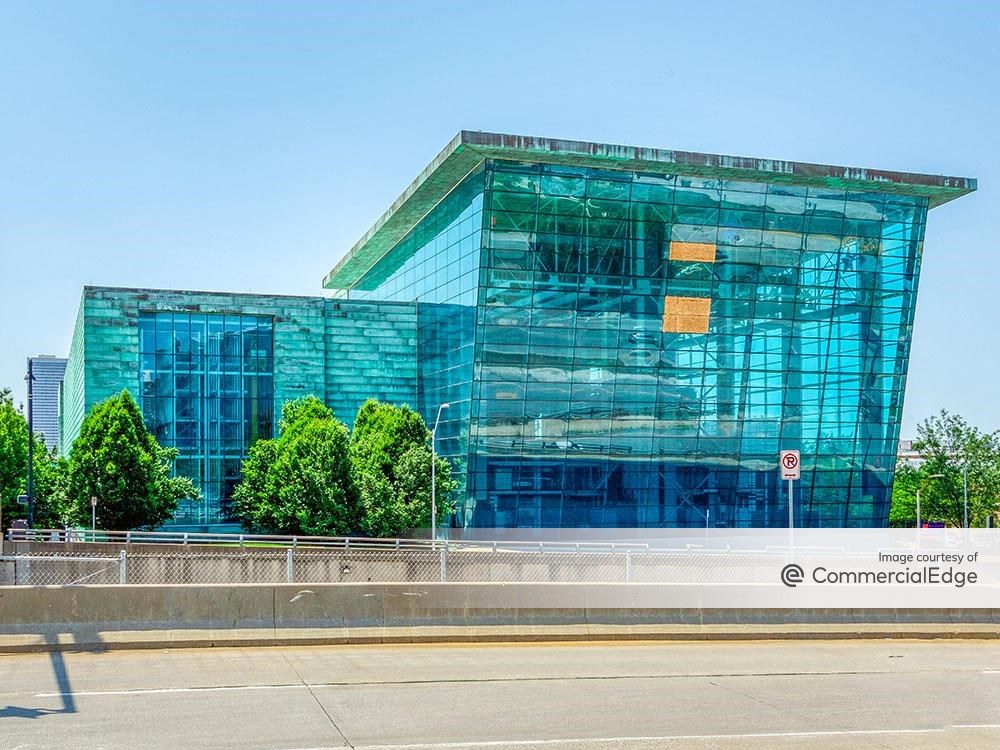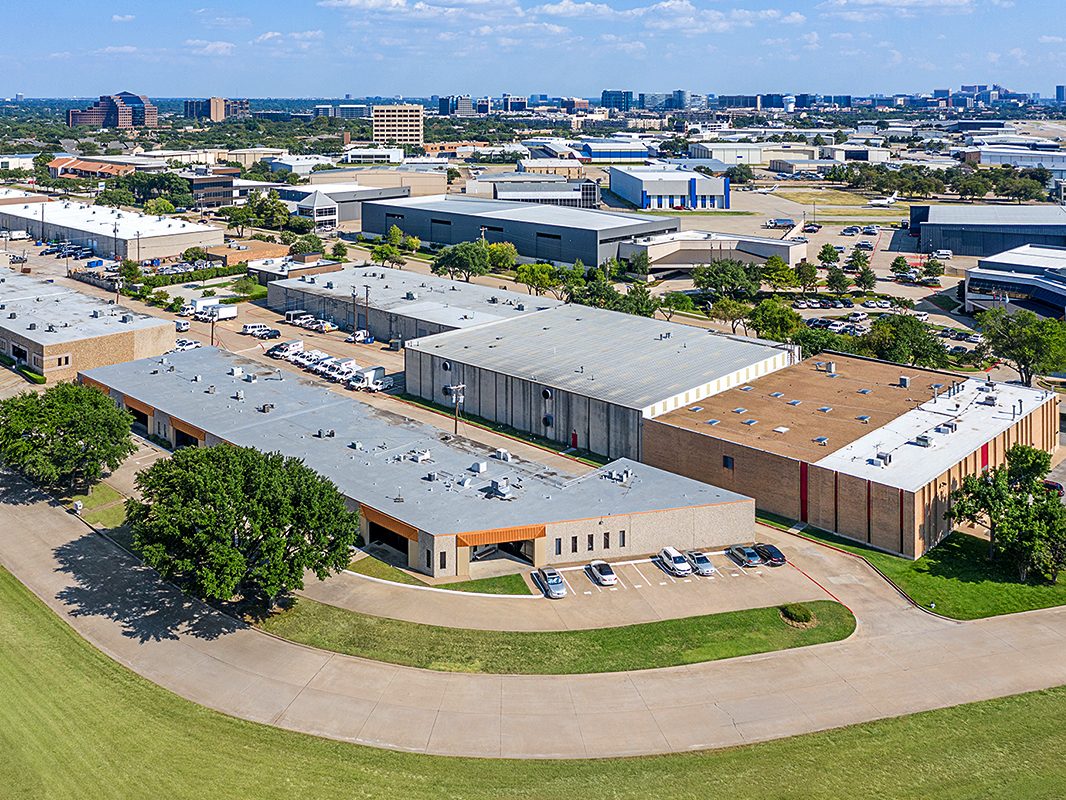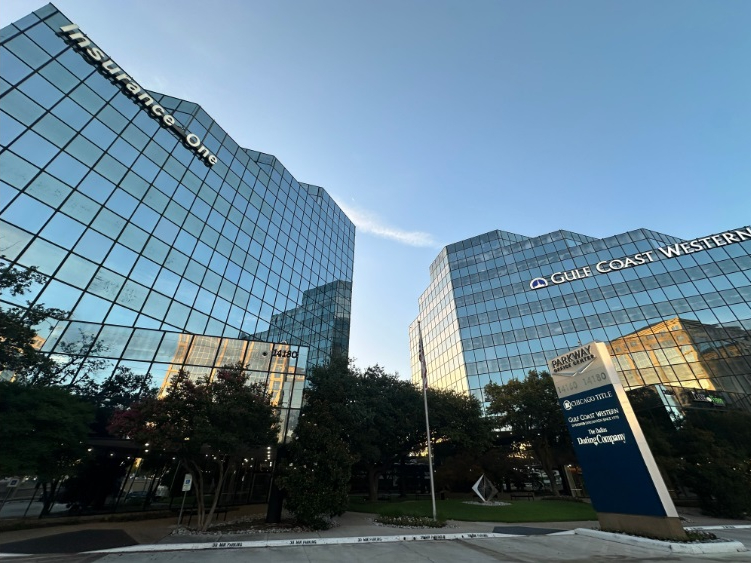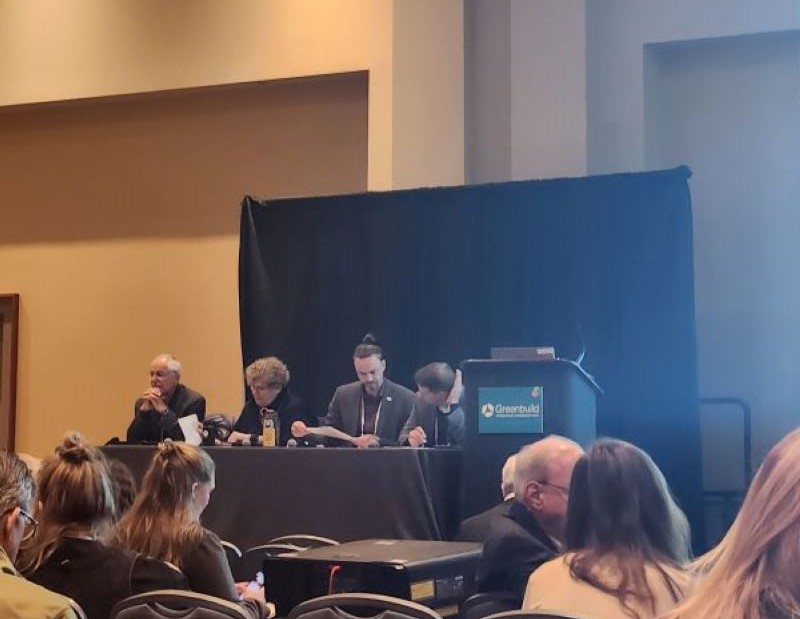How the Design Pipeline Is Rebounding
Robust growth continues, but can firms hire the professionals needed to deliver the services?
The American Institute of Architects’ monthly Architecture Billings Index in June reported increasing demand for architectural work and a shortage of professionals needed to meet the rising requests.
READ ALSO: Where to Find the Top Markets for Tech Talent
AIA’s Architecture Billings Index score for June was 57.1. Any score above 50 indicates an increase in billings. The current pace of billings growth is near the record levels for the index and new project inquiries in June reached a new all-time high of 71.8, up from 69.2 in May.
The score for new design contracts was still positive at 58.9, but down from May’s score of 63.2. Architecture firms also reported their highest backlogs in two years, with an average of 6.5 months, tying the all-time high average. By comparison, at the start of the pandemic last year, the backlog was down to 5.0.
By sector, the Architecture Billings Index broke down as: commercial/industrial (61.0), multifamily residential (57.9), institutional (57.3) and mixed practice (56.4).
By region, the ABI was: Midwest (62.0), West (59.7), South (57.3) and Northeast (53.2).
With the current pace of billings growth near the highest levels ever seen in the history of the index, a sharp upturn in nonresidential building activity is expected later this year and into 2022, AIA Chief Economist Kermit Baker said in a prepared statement. He added that, as is often the case when market conditions make a sudden reversal, concerns are growing about architecture firms not being able to find enough workers to meet the higher workloads, and that nearly 6 in 10 firms report that they are having problems filling open architectural staff positions.
Employment Issues
AIA said as business has been ramping up in recent months, there have been increasing concerns about firms not being able to find enough workers to meet the higher workload. While 59 percent of firms overall said they have been having problems filling open staff positions, the number increases to 80 percent at large firms with annual billings of $5 million or more. Midwest and Northeast firms and those with specializations were also more likely to report problems with staffing.
AIA also tracks turnover at architectural firms and found half of the responding companies reported voluntary staff turnover rates for architectural positions to be about normal this year. Less than one-third (28 percent) reported lower than normal turnover, while 22 percent said they were experiencing higher than normal turnover rates. The June survey found firms with a multifamily residential specialization were more likely to report higher turnover rates (35 percent) so far this year. Small firms and Midwest firms also were more likely to expect higher turnover rates later this year. Most reported they expect turnover rates to be about normal for the second half of the year, with only 21 percent expecting higher rates than normal.
The main positions that are expected to see higher turnover rates in the second half of the year are staff architects (71 percent) and emerging professionals on the path to licensure (67 percent). By comparison, 41 percent expect higher turnover for design/project managers and 12 percent predict higher than normal turnover for senior staff, principals and/or partners. The primary reason for an expected increase in turnover is related to those seeking higher compensation and those seeking career advancement/more opportunities, which 78 percent and 54 percent, respectively, rated as very important.








You must be logged in to post a comment.